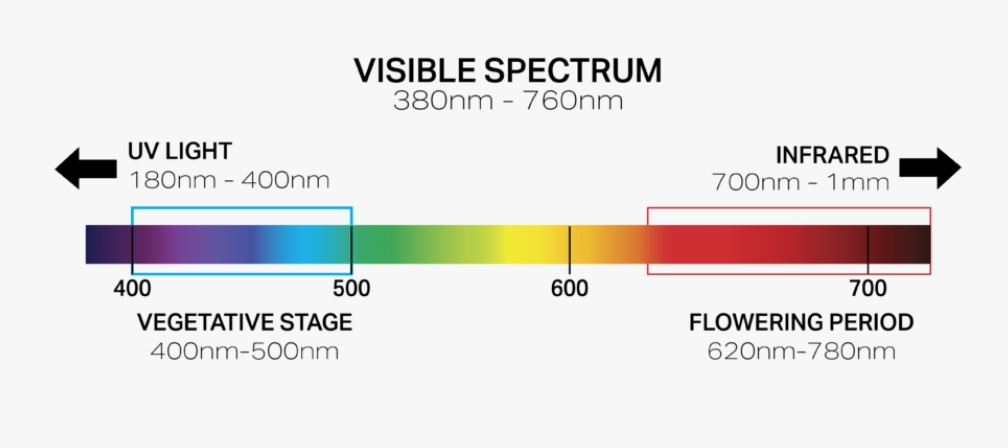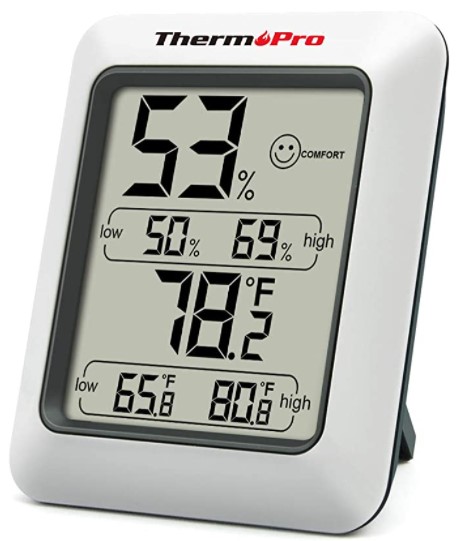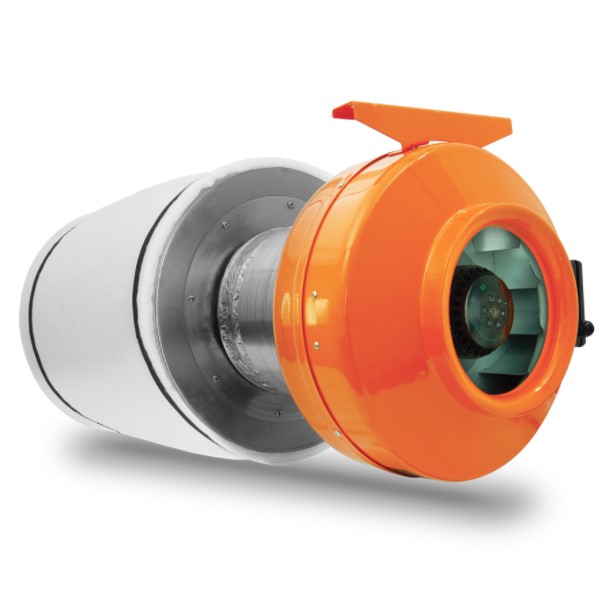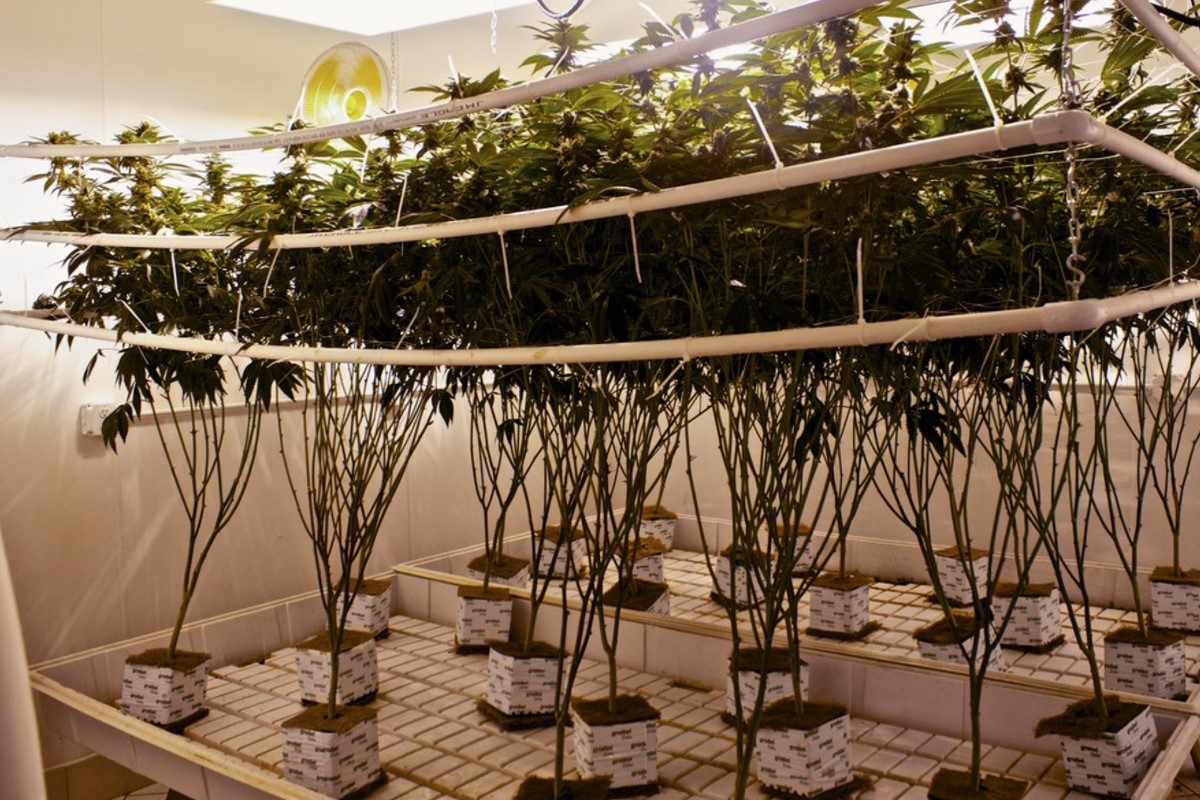- Choosing a space to grow
- Containers
- Lighting
- Factors affecting the rate of photosynthesis
- Ventilation
- C02 supplementation
- Early sexing
- Obtaining seed
- Harvesting and drying
Choosing a space to grow
Choosing a space to grow indoors is just as important as choosing the proper space outdoors. Your garden should be located in an out of the way place. Basements, attics, and closets are all great places. Once you have a few possibilities in mind make sure they have access to electrical outlets. Plan ahead for anything that might require a repairman to visit your house. If your garden is located in the same room as the furnace, and the furnace explodes, you’re in big trouble. Once the permanent garden location has been selected it is time to prepare it.
Paint the walls flat white. Do not use tin foil because it can actually focus light like little laser beams and burn holes through the leaves. Next, cover the floor of the closet with plastic. This will help stop water damage to the floor. Get the best cannabis seeds you can, preferably order your marijuana seeds genetics online.

Growing Cannabis Seeds Indoors – Containers
Your plants will need to be grown in some kind of pot or container. Large plastic pots (like the ones bushes come in) work best. Fill the bottom inch with large gravel to help drainage. And the rest with high-quality potting soil with some sand mixed in. Buckets can also be used but drill drainage holes in the bottom. If your containers previously held other plants then they must be sterilized with bleach or alcohol. Do not germinate the cannabis seeds in containers, marijuana seeds germination is a delicate process that requires better control.
Growing Cannabis Seeds Indoors – Grow Lighting
Since there is no sun in your closet you will have to provide a sun-loving plant like cannabis with a lot of artificial light. There are three options available to the grower: fluorescent lights are cheap, efficient, and don’t put out much heat. Metal halide, or MH bulbs, are more expensive but put out much more light than fluorescents. They also put out more heat so ventilation is needed. MH bulbs also require a separate ballast in order to work. High-Pressure Sodium lamps, or HPS, put out as much light as MH lamps but with a little less heat. Ventilation and a separate ballast are also required.

Growing with Fluorescent Lights
Fluorescent lights are the cheapest light to use. They run at about $2 a tube. They produce little heat so ventilation may not be needed unless the space is very small. The light spectrum put out by these lights is suitable for all stages of growth. Because fluorescents disperse light over a large area, they need to be kept within three inches of the tops for the plants to receive enough light. This means you will have to mount the lights in a way that they can be raised every day
Growing with Metal Halide Lights
Metal halide lamps put out the most light. They also produce a lot of heat. A strong fan is needed to keep room temperatures down. MH lamps put out light mostly in the blue spectrum. Blue light is used best by the plant during vegetative growth. MH lights can also be used for flowering with no adverse effects. A separate ballast is required for these lights to work. They come in sizes from 40 to 1000W. One 1000W lamp will provide enough light in a closet to grow four plants.
Growing with High Pressure Sodium Lights
High-pressure sodium lamps put out almost as much light as MH and with less heat. Good ventilation is still required though. HPS lamps produce light in mostly the red and orange end of the spectrum. The plants use this light best when flowering. HPS lamps can also be used for vegetative growth with little slow down in foliage production. HPS lamps require a separate ballast for operation.
Some growers switch between MH and HPS depending on what stage the plants are in. MH is used in vegetative growth and then the light is switched over to HPS once flowering begins. Most growers use fluorescents to start seedlings and root clones. The fluorescents are weaker than the MH and HPS lamps and therefore do not stress them too much. Choose whatever light is best suited for your situation. If you are growing in your attic go with MH or HPS. If you are growing in the closet like us, then use fluorescents. (For the rest of this document I will assume the reader is using fluorescent lighting)
Factors affecting Growing Cannabis Seeds Indoors
There are other factors other than the obvious amount of light that reaches the plants that affect the rate of photosynthesis. These can be manipulated by the grower to achieve a maximum speed of growth and larger yields in a shorter period of time. 90% of plant vigour and photosynthesis abilities are coded in cannabis seeds genetics, so get good ones.
Humidity

The humidity in the environment is the amount of water vapour present in the air. Most growers know that humidity in excess of 85% percent increases the probability of the appearance of bud mould. The humidity is also critical during germination when the seedlings are extremely fragile. Humidity should be kept over 80% at this stage in the plant’s life to prevent the soil from drying too fast. Experimentation has shown that a relative humidity of 65% to 80% increases the growth rate. Below this level, the plants develop extremely narrow and tissue paper thin leaves to try to prevent excess loss of water. Above 80% relative humidity the plant has trouble disposing of toxic chemicals through evaporation.
Temperature
Cannabis can survive temperatures from 32 degrees F to over 100 degrees F. Cannabis will grow best with a temperature of 70 to 75 degrees F day and night. Higher than 90 degrees F the enzymes within the plant begin to break down and photosynthesis is affected. The same is true for low temperatures.
Carbon dioxide
Carbon dioxide is a gas that is essential for the light reactions in all plants that carry on photosynthesis. CO2 has absorbed through the leaf’s stomates and is combined with water and light energy to form glucose (used by the plant as energy) and oxygen (which is released). Therefore supplementing CO2 to the existing amount in the air will speed up photosynthesis and therefore, growth will occur faster. Experimentation has also shown that CO2 can help cannabis tolerate higher temperatures (up to 95 degrees F) with little effect on the rate of photosynthesis.
Water
Although only a small portion of water absorbed by the plant is used in photosynthesis a shortage of water does affect the rate photosynthesis occurs. This happens because when the plant is low on water the stomates on the leaves close prevent the release of waste gases and other toxic chemicals. This closure will severely slow down or even stop photosynthesis from occurring.
Ventilation

Cannabis like all other plants puts out waste through the stomata on its leaves. Outdoors wind, rain and sun are present to evaporate these toxins from the leaf surface. Indoors the grower must create an environment. The best way to do this is with a fan of some kind. If the grow room is large enough then a regular cooling fan can be placed inside and left on all the time. If you are running a small closet operation then just opening the door twice a day to look at them will create enough air movement for healthy growth. A fan controlled by a thermostat will also work well. These can be found at most online hydroponics stores.
If a large number of plants are to be kept a dehumidifier may be needed. If humidity levels are too high then the chances of mould will dramatically increase. A dehumidifier will cost a grower about $100 so it is really practical for the closet grower.
C02 supplementation
Some growers add C02 to their grow rooms to increase the growth rate. This has proved itself to be effective in many experiments. C02 supplementation also helps the plants withstand higher temperatures of up to 95 degrees without slowing down growth. There have been complaints, however, that C02 supplementation during flowering reduces potency. Therefore, C02 should be stopped when the lights are turned to the 12/12 flowering cycle.
Early sexing
Since you control the light cycle in an indoor operation it is easy to sex the plants early and eliminate all the males. Just turn the lights down to 12/12 when the plants are eight inches high. Use a magnifying glass to examine the flowers and eliminate all the males.
Obtaining seed
If you do want to pollenate some females to produce seed for the next crop it can be done so that only a few buds are pollinated and the rest remain as sinsemilla. First, collect pollen from a male. The male should show desirable characteristics, like fast growth, potency and resistance to pests and mould. To collect the pollen just shake the branches into a plastic bag. Black paper can also be used to collect pollen. Just lie it on the floor around the plant, in a few days, the paper will have quite a bit of pollen on it.
The pollen can be stored in film canisters until it is needed. When needed, use a paintbrush to brush on the pollen to the LOWER branches of the female. The best way to be sure that all the seeds are mature before harvest is to just never harvest the pollinated branches. Let them die naturally so you can be sure they produce viable seeds. Most of the experienced growers order their seeds from cannabis seeds breeding farms to avoid losing time, effort and money on growing homemade inbreed seeds.
Harvesting and drying
When you want your plants to start flowering just turn the lights down to 12 hours light and 12 hours dark. Then be patient and wait for flowering to complete. It helps the drying process a little if you don’t water the week before harvesting. When you cut the plants remove the large fan leaves and add them to your compost pile as they are not usable for smoking. Place the plants in shoe boxes or paper bags and stir them around daily. In about three weeks the buds should be totally dry and ready to smoke.


Mine are about to finish, some good ideas thx
[…] Room Odor one of the most common reasons indoor grows get ripped off and/or raided by the police. Preventing others from being able to smell your garden […]
[…] feeding seems to be one of the easiest ways of increasing yield, growth speed, and quality in a well vented space, with or without elevated CO2 levels. Just prepare a tea of worm castings, fish emulsion, bat guano, […]